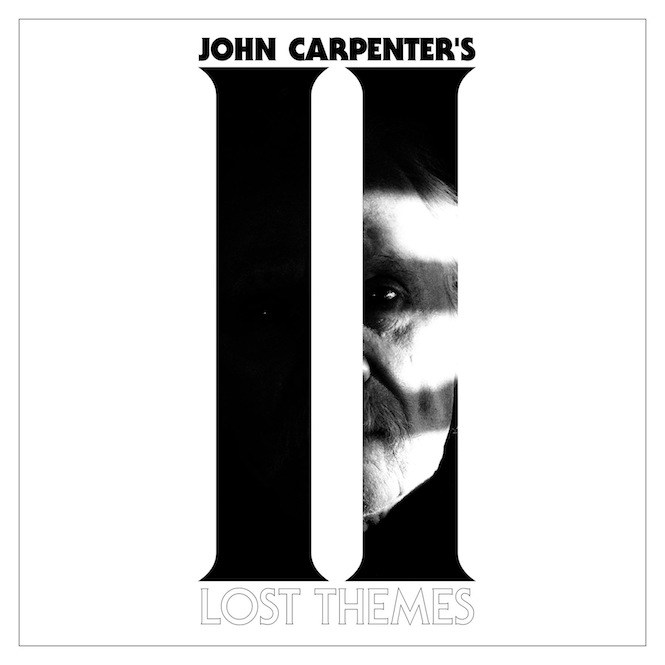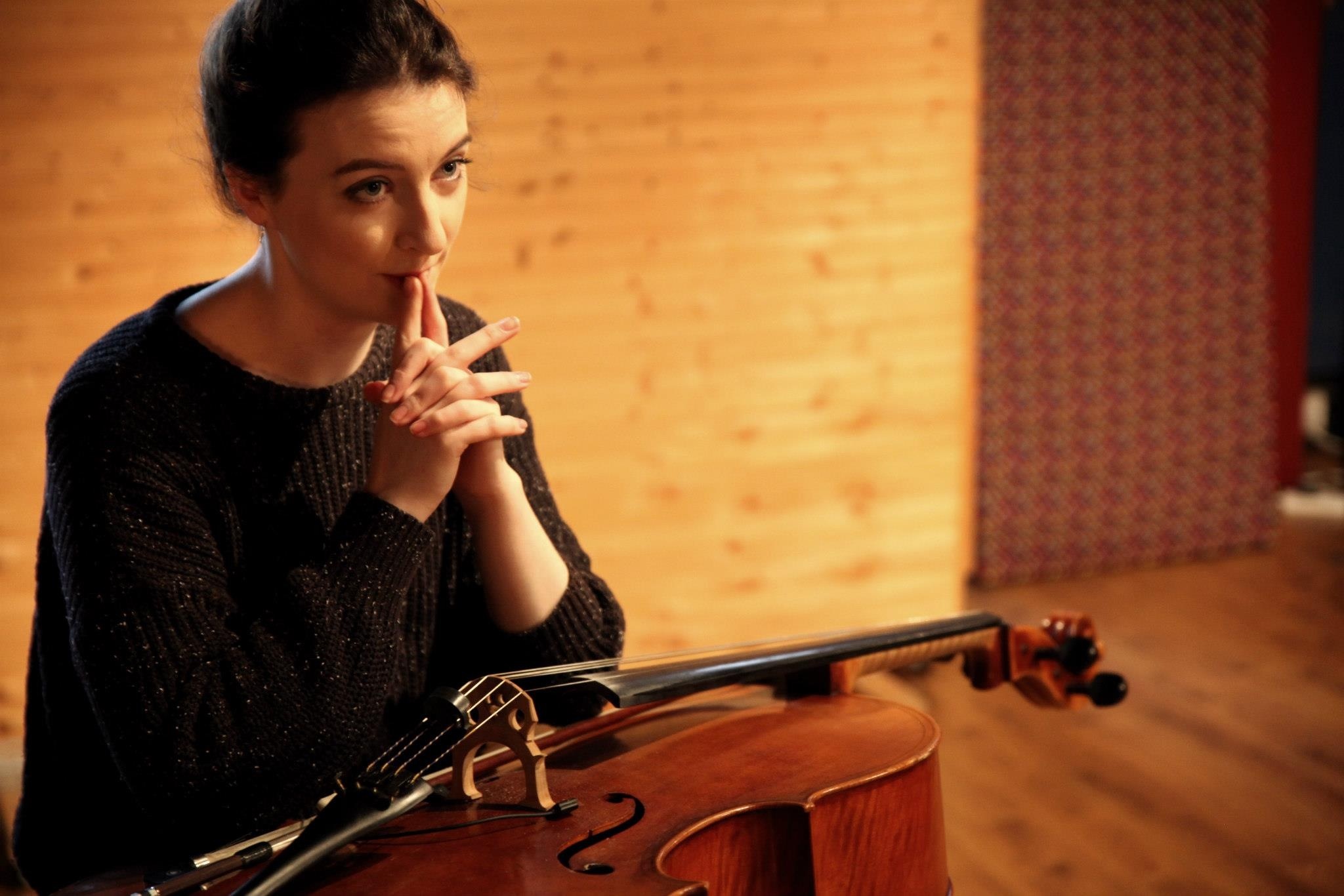Lost Themes 2 is legendary filmmaker and composer John Carpenter’s follow-up to his 2015 effort, Lost Themes. The central concept behind the record is simple: themes for films that Carpenter never made. To anyone who has seen the likes of Assault on Precinct 13, Escape From New York or Halloween, this is a salivating promise as it distills one of the man’s greatest strengths into a single cohesive package. Lost Themes 2 is an expansion on that same idea, and not unlike a sequel, it builds upon the groundwork laid in the first outing in bigger, more polished way. The freedom of expansion allows Carpenter to play around much more within his stylistic trappings and cover a lot more ground. While this does lend the record a real charm and sense of excitement, it also removes much of the creeping dread that made his earlier work so exciting. Like many sequels, it does a great deal right but isn’t quite up to snuff as a handful of niggling issues that keep pushing it away from greatness.
This is a dense record as over its twelve tracks, Carpenter throws in kitchen sinks aplenty while mining every last ounce of magic he can. While in the past his work has felt more like Philip Glass as interpreted by your nightmares, there is a greater sense of confidence, swagger, and machismo on display. This isn’t the soundtrack to Laurie Strode’s horrifying Halloween, it’s the sound that accompanies Snake Plissken as he grimaces his way through a hail of gunfire and flames while traversing the New York slums. The first three songs struggle to find a fitting identity, straddling the line Laurie and Snake, but as ‘Angel’s Asylum’ kicks in, the album has found it’s groove and moves from strength to strength. It’s dense and varied and has enough meat on even track to really get lost in. The songs go from bombastically epic to melancholic to suitably unsettling with such ease that it beggars belief. Tracks like ‘Dark Blues’ with its stomping synth led blues, the Fuck Buttons -y ‘Windy Death’ and ‘Utopian Facade’ prove that Carpenter has the ability to write spellbinding music. But it’s in the delicate moments that the album ascends. ‘Last Sunrise’, a late entry to the album, quietly ratchets up the tension to the point of breaking and falls into this gentle, melancholic piano; the sound of accepting a certain fate and not letting that deter you. It is a sliver of undeniable beauty amidst the darkness and unease, which is, sadly, absent throughout large sections of the album.
As the album is a sequel and has been beefed up, a lot of dread and unease is gone. Based on his earlier soundtracks, Carpenter was at his best when everything is stripped down to basics. Consider the terror and discomfort that the 5/4 piano of Halloween’s main theme creates or the nebulous horror of Assault’s central bass line. By keeping it minimal, he was able to evoke emotion and dread while still crafting memorable pieces. But here, many of the songs kick off in full tilt with wailing distorted electric guitars. They’re not bad at all, in fact, they’re often incredibly good, but they’re not letting the man play to his strengths. It’s as though he’s made it arbitrarily more difficult for himself because he wanted to make a more metallic album. He also allows the music to get too busy, with the album opener, ‘Distant Dream’, being a great example of this. Over its four-minute runtime, there are six notable movements on display. While that does lend the music a degree of energy and excitement, it means that at no point is any idea fully explored. We’re given these tantalising glimmers, that give way to an entirely left field choice that, while interesting, doesn’t expand on what came before. He wants to show off everything he can do, but he doesn’t want us to examine it in any detail, which is frustrating because what he makes are these quite ominous and insidious motifs and themes that pass you by without notice. Carpenter seems to have gotten lost within the additional freedom the sequel provided him.
At its core it is still a John Carpenter album, although exactly which era it belongs to is still up for discussion, the most appropriate seem to be his post-Big Trouble, Little China work. There are the still the fingerprints of the man’s menace on the album, but it’s primary focus is that of a confident stride. It does feel like a sequel. The punkish spirit that made the last record is more confined and feels as though because the tools are available, they must be used. You are often enjoying it, but you’re never entranced or unsettled by it and there is overbearing feeling that it’s the captain of the composer rather than the themes which are lost. Will Murphy






